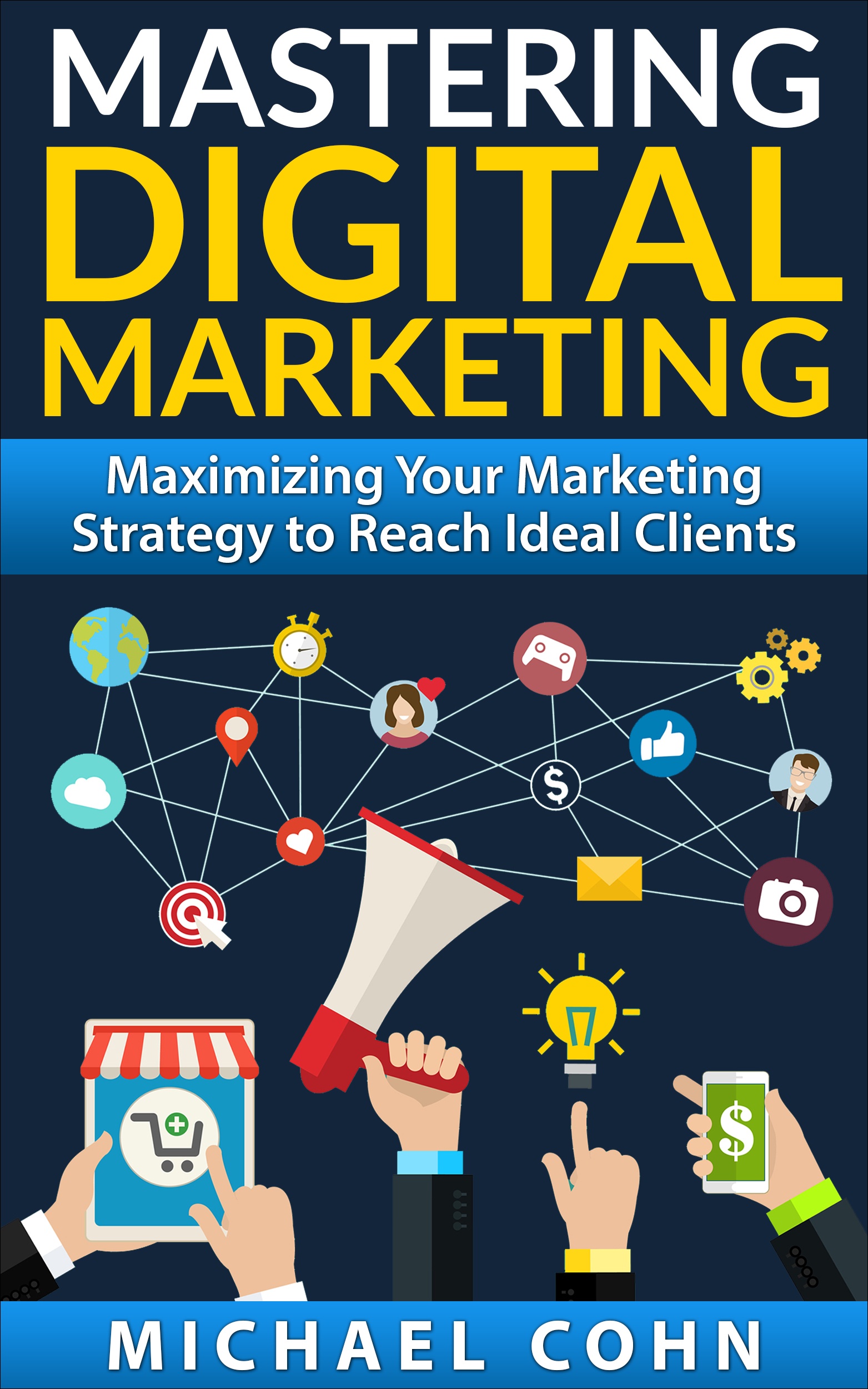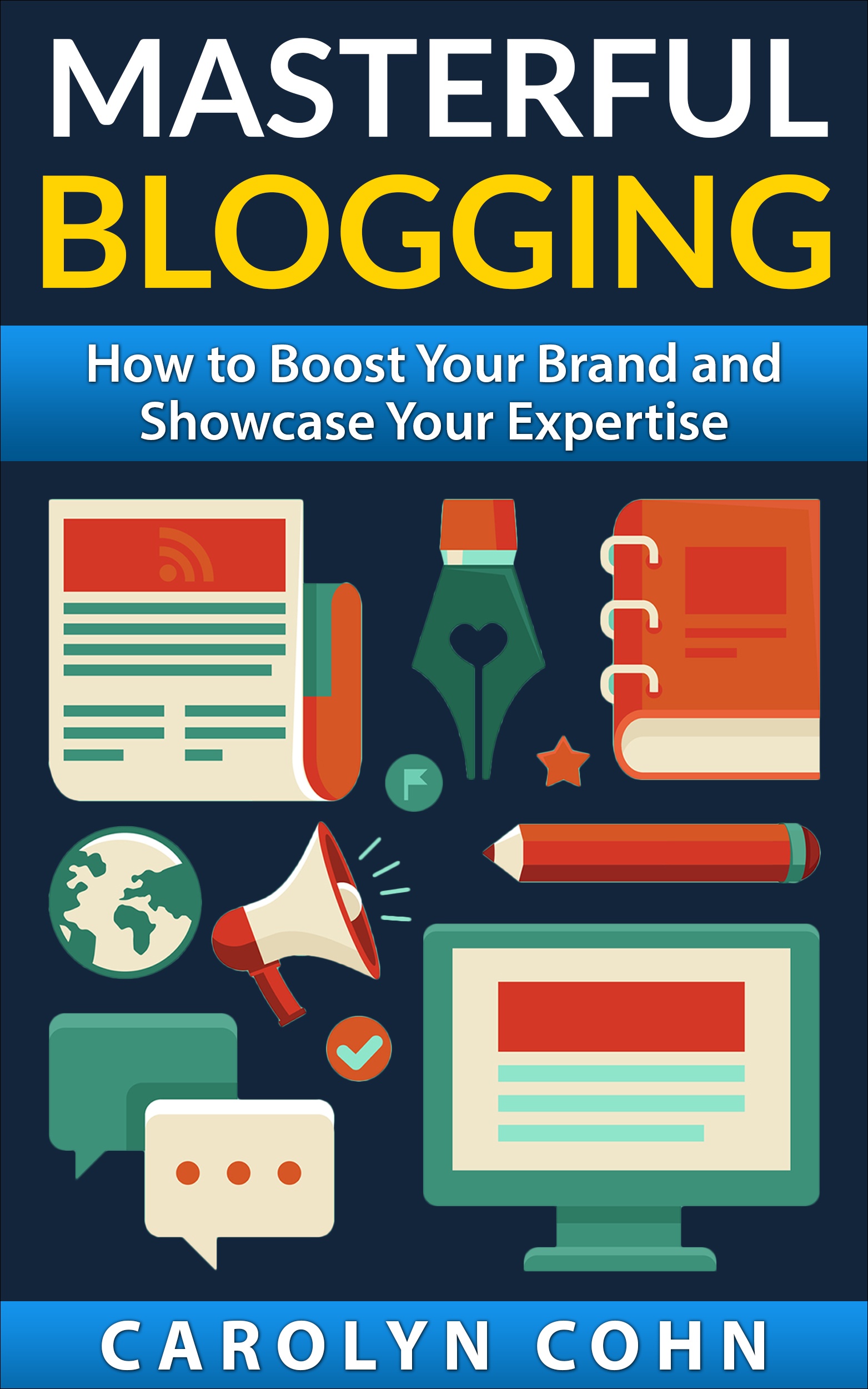The Art of Corporate Blogging

Blogging for business is a strong and wonderful reality. Just because the content is geared toward business people doesn’t mean that it can’t be compelling, interesting, informative and educational. Your content serves as a vehicle to help others in many ways.
When it comes to blogging, it isn’t enough to write a blog article once. As a business owner, you have a commitment to blogging on a regular and consistent basis. There are many different ways in which you can present your content so that it is appealing to other people and so that those people keep coming back to your content over and over again to try to glean as much wisdom from your writing as they possibly can. At the same time, you need to get your readers to connect with your writing on an emotional level.
There are many different elements that make up a good blog post.
Speaking to all target audiences at once
It can be challenging when it comes to consistency among blog posts. Your blog article must have the same voice from beginning to end and if that is achieved, your writing will be effective for many different audiences at the same time. The level of expertise within your blog should also be consistent throughout. If you are addressing a complicated issue, you should put in a lot of details that address that issue. Your assumption, in that case, should not be that your audience members need a “101” course first to be able to understand what you are discussing.
The length of your blog posts
Your blog posts should not be extremely short or extremely long. Somewhere between 500 and 1,000 words is perfect. You will see that the length of your articles will vary depending on how much you really have to say about any given topic. You need to remember that a longer article is perfectly acceptable if your are speaking clearly and concisely. On the other hand, if you start to repeat yourself and that contributes to the length of your article, it is not acceptable. In that case, you need to find a way to edit your article so that the information that you are sharing should really be there.
Interesting and compelling content
There is nothing worse (or more destructive) than trying to read an article that is boring and not valuable in any way. If you don’t really have something valuable to say, don’t say anything. It is better to wait until you really have something worthwhile to share than to just put some words (any words) on a page and call it an article. As you are writing your blog article, ask yourself if you would be willing to share the article with other people if you were the reader. If the answer is yes, you are on the right track.
Perfection isn’t always necessary
You don’t really have to work your blog posts until they are perfect in every possible way. You need to be the most concerned with earning the interest of your readers and making sure that you are constantly offering them a solution to their problems. If you are able to achieve that, they will continue to want to read whatever you are posting.
Exciting title and first paragraph
If you are able to grab your readers with the title and first paragraph (or teaser paragraph) of your blog article, chances are good that they will read the rest of the article. You only have three seconds from the time that they first start reading to make them want to continue reading. If their interest is not held for more than three seconds, you will lose them altogether.
Search engine optimization
It is critical that your content is optimized for the search engines. If it isn’t, nobody will be able to find your content and if they can’t find it, they can’t read it. Make sure that your content has rich and effective keywords that will make it as easy as possible for people to find you.
A call-to-action
Having a call-to-action at the end of your blog post is critical. If you don’t have one, how do you expect people to find you so that they can interact with you after they have read your blog post? Your call-to-action should never be a hard sell. You should include an Email address and perhaps a phone number. Then, it is up to your readers to decide whether they want to reach out to you.
Conclusion
Corporate blogging is not that different than other types of blogging. The language may be a little more formal and the topics will be different but if the writing is exciting and compelling, it will have a positive effect on your readers. They will be interested in what you have to say and they will want to get involved in a discussion with you. People love to share their thoughts and opinions with other people. The more you offer other people, the more interested they will be in what you have to say.
We are pleased to provide you with the insightful comments contained herein. For a free assessment of your online presence, let's have coffee.
[skype-status]




Via LinkedIn Groups
Group: Digital Marketing
Discussion: The Art of Corporate Blogging
Carolyn , thank you for sharing this article . A blog can be the best way to consistently add great new content to your company website .
Posted by Gladys Hurtado
Via LinkedIn Groups
Group: Intelligent Buzz Monitoring, Social Media Analysis and Social Media Metrics
Discussion: The Art of Corporate Blogging
You got corporate blogging pretty much well dead on, Carolyn. There's only a couple of things I can add. One is that shorter is better (500 is my limit) and the other is sometimes the best corporate approach is a personal branding approach. One of my very successful peers in sales has told me he basically does a personal branding blog that supports his sales — so it's his branding, but the company benefits from it. It's made me consider an approach of company staff with strong personal branding forming the blog.
Posted by Scott Kinoshita
Via LinkedIn Groups
Group: B2B Social Media
Discussion: The Art of Corporate Blogging
Nice piece. Some good rules of thumb here. Thanks for sharing this.
Posted by Peter Poletti
Via LinkedIn Groups
Group: "Write It Down"-A Website for Writers
Discussion: The Art of Corporate Blogging
Again an other useful article for my Conversational Business English student.
You can't imagine, how grateful I am to you!
Posted by Carlostella Rosanna
Via LinkedIn Groups
Group: Web Design and Development in 21st century
Discussion: The Art of Corporate Blogging
Great point. We just relaunched our blog with a new look, and are dedicated to making the content interesting, funny, and maybe even a little controversial.
Posted by Joe Witte